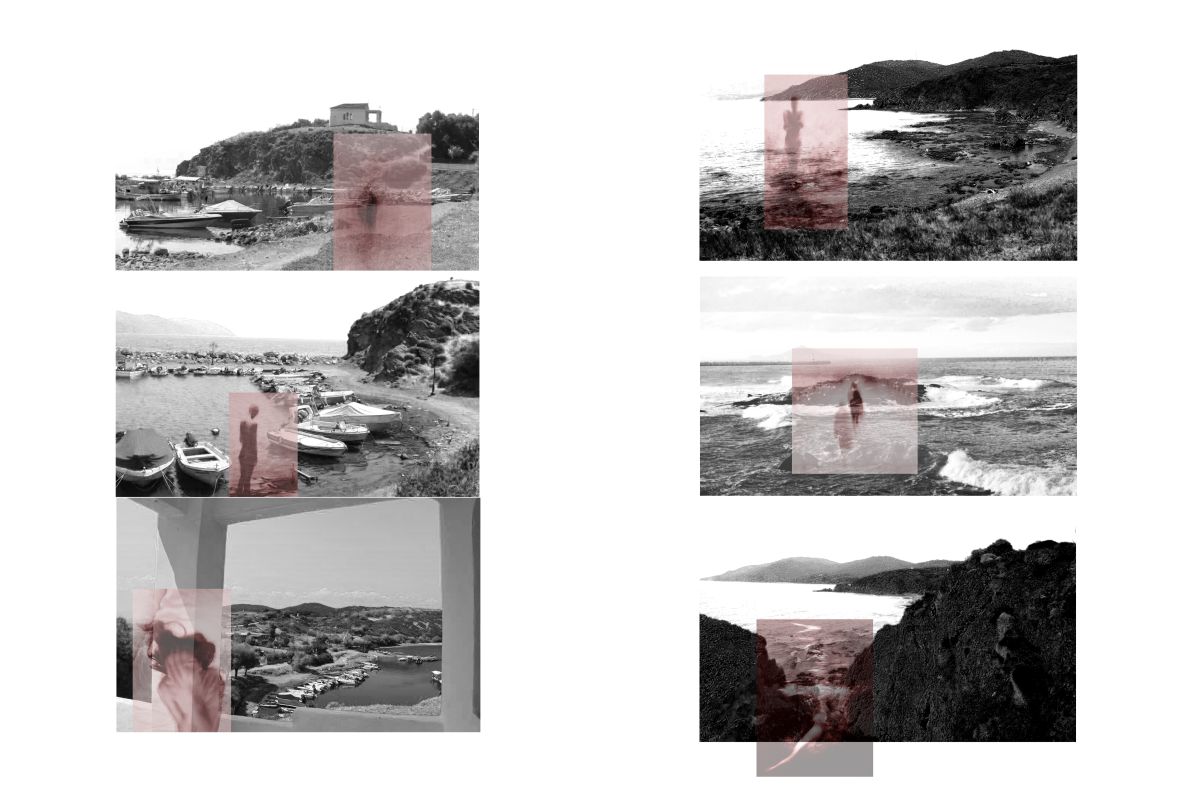
EN
The thesis deals with the narrative-experience dipole in design. The southern part of Lesbos is being examined, more specifically the cape of Agios Fokas, as place in between. It is a boundary zone which is formed by and with the forces of nature, causing a violent condition in the ever-changing space.
In order to manage this condition, architecture invokes myth. The myth of Briseis and Achilles — as Homer describes it in Iliad — unfolds in Agios Fokas and it is confirmed by the local architecture of the past. The myth becomes the narrative conveying the spirit of the place. Architecture is not depicting scenes from Iliad, but instead invokes the memory and identity of the place through the translation of the myth. In essence, the myth expresses schizoid transitions and extreme situations in which the user is being subjected. Therefore, exposure to these forces is a prerequisite. The role of architecture is to cause infliction and recession of the field’s violence by exposing the body to these conditions. It will not function as architecture of refuge, but as a structure against the body. Through narration, architecture will reveal the ferociousness of the place.

GR
Η διπλωματική πραγματεύεται το δίπολο αφήγησης-εμπειρίας στο σχεδιασμό. Μελετάται το νοτιότερο άκρο της Λέσβου, το ακρωτήρι του Αγίου Φωκά, ως ο τόπος του δυνητικού. Αποτελεί ζώνη ορίου που διαμορφώνεται από και με τις δυνάμεις της φύσης, προκαλώντας βίαιη συνθήκη στο χώρο που αλλάζει κάθε στιγμή.
Για να διαχειριστεί αυτή τη συνθήκη η αρχιτεκτονική επικαλείται το μύθο. Ο μύθος της Βρισηίδας και του Αχιλλέα – όπως μας τον περιγράφει ο Όμηρος στην Ιλιάδα – εκτυλίσσεται στον Άγιο Φωκά και επικυρώνεται από την τοπική αρχιτεκτονική του παρελθόντος. Ο μύθος γίνεται η αφήγηση που θα μεταφέρει το πνεύμα του τόπου. Η αρχιτεκτονική δε θα αναπαραστήσει σκηνές από την Ιλιάδα αλλά θα επικαλεστεί τη μνήμη και την ταυτότητα του τόπου μέσα από τη μεθερμηνία του μύθου. Στην ουσία ο μύθος εκφράζει σχιζοειδείς μεταβάσεις και ακραίες καταστάσεις στις οποίες υποβάλλεται το υποκείμενο. Επομένως, προτείνεται η έκθεση σ’ αυτές τις δυνάμεις. Η αρχιτεκτονική θα προκαλέσει επιβολή και υποχώρηση της βίας του πεδίου εκθέτοντας το σώμα σ’ αυτές τις καταστάσεις. Δε θα λειτουργήσει ως αρχιτεκτονική του καταφυγίου αλλά ως δομή ενάντια στο σώμα. Θα αποκαλύψει τη βιαιότητα του τόπου μέσα από την αφήγηση.

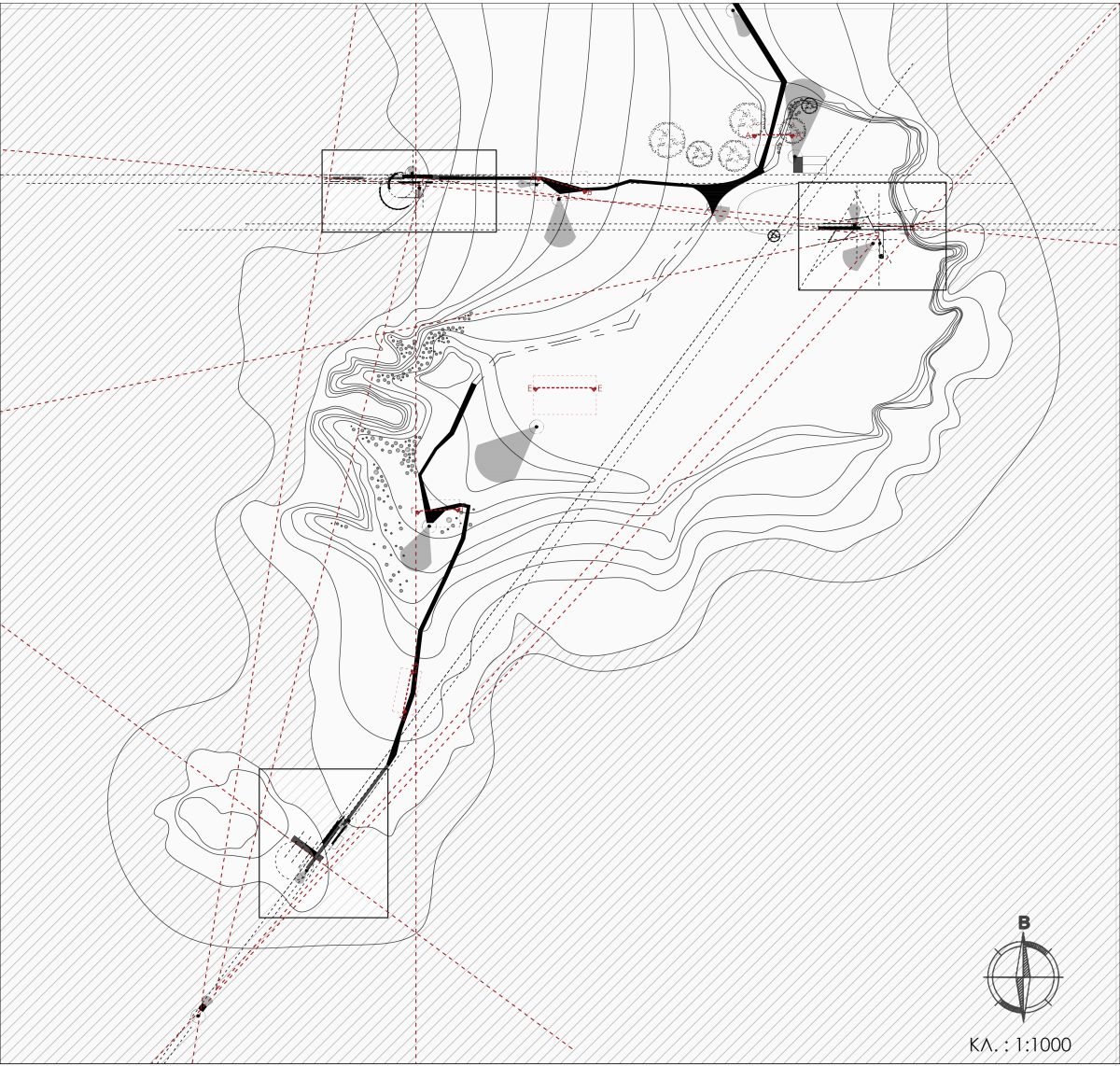
EN
The principal design gesture consists of three stop-nodes, which create bumps and cavities in the field. Each node is both intersection and coupling of opposing concepts (captivity-promise, love-rage, kidnapping-return). The main structure emerges from two blade-like walls that rip the ground. The walls represent the relationship of Achilles-Briseis at any time, so at some points they converge and at some others they diverge. Thus, schizoid transitions from light to dark, inside to outside, and desirable to undesirable, are being expressed.
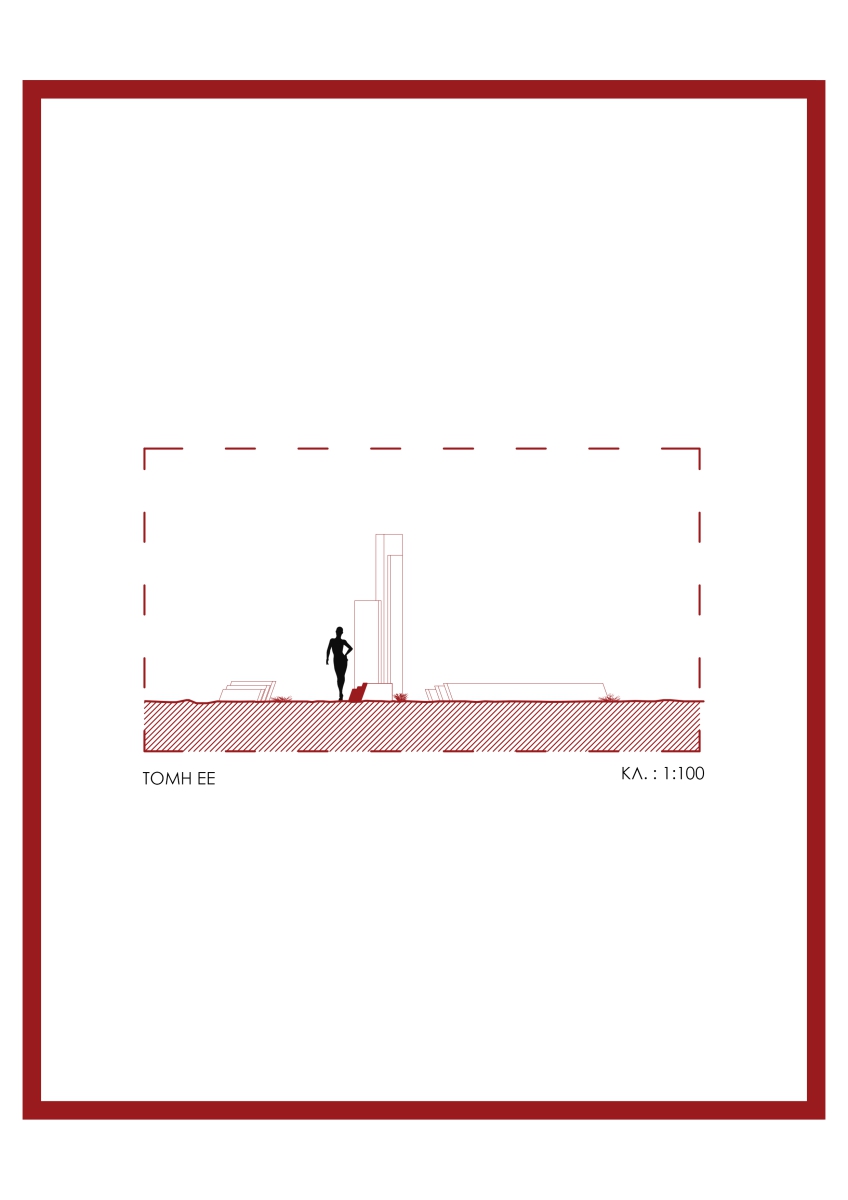
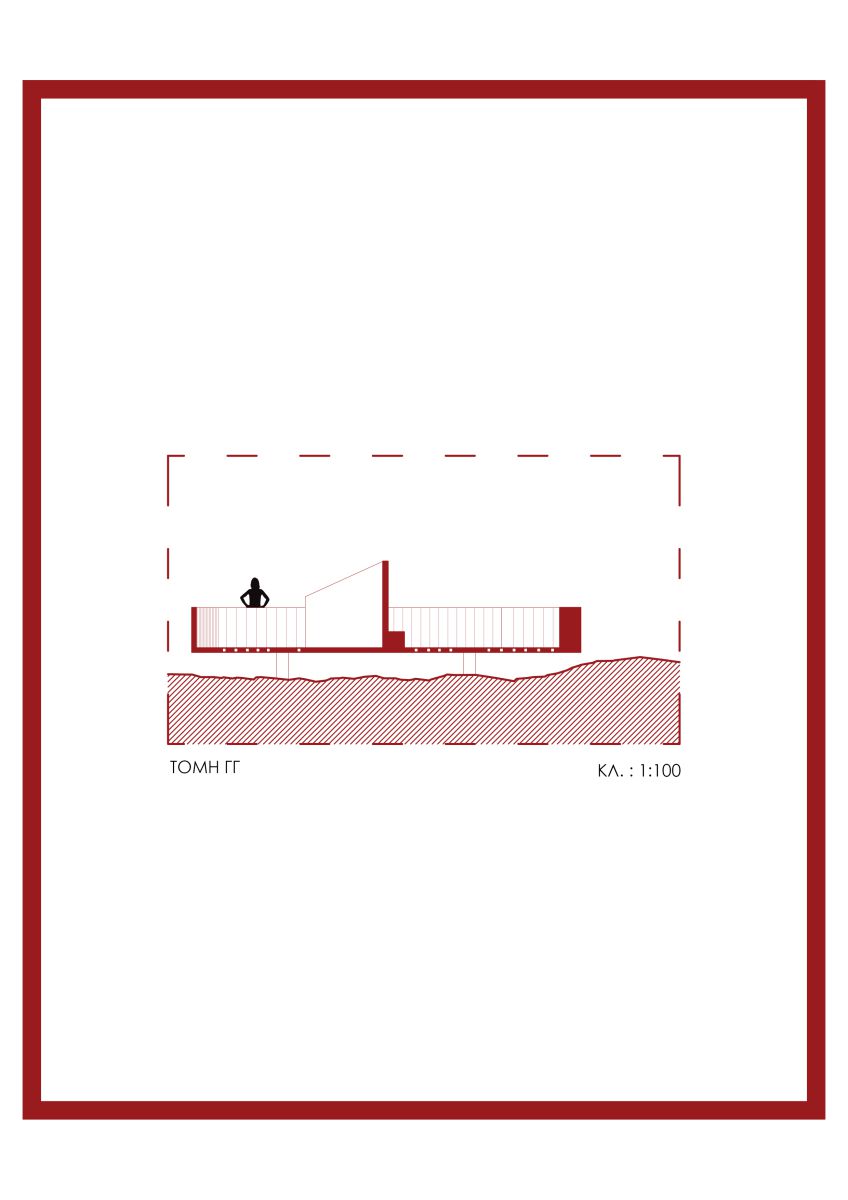
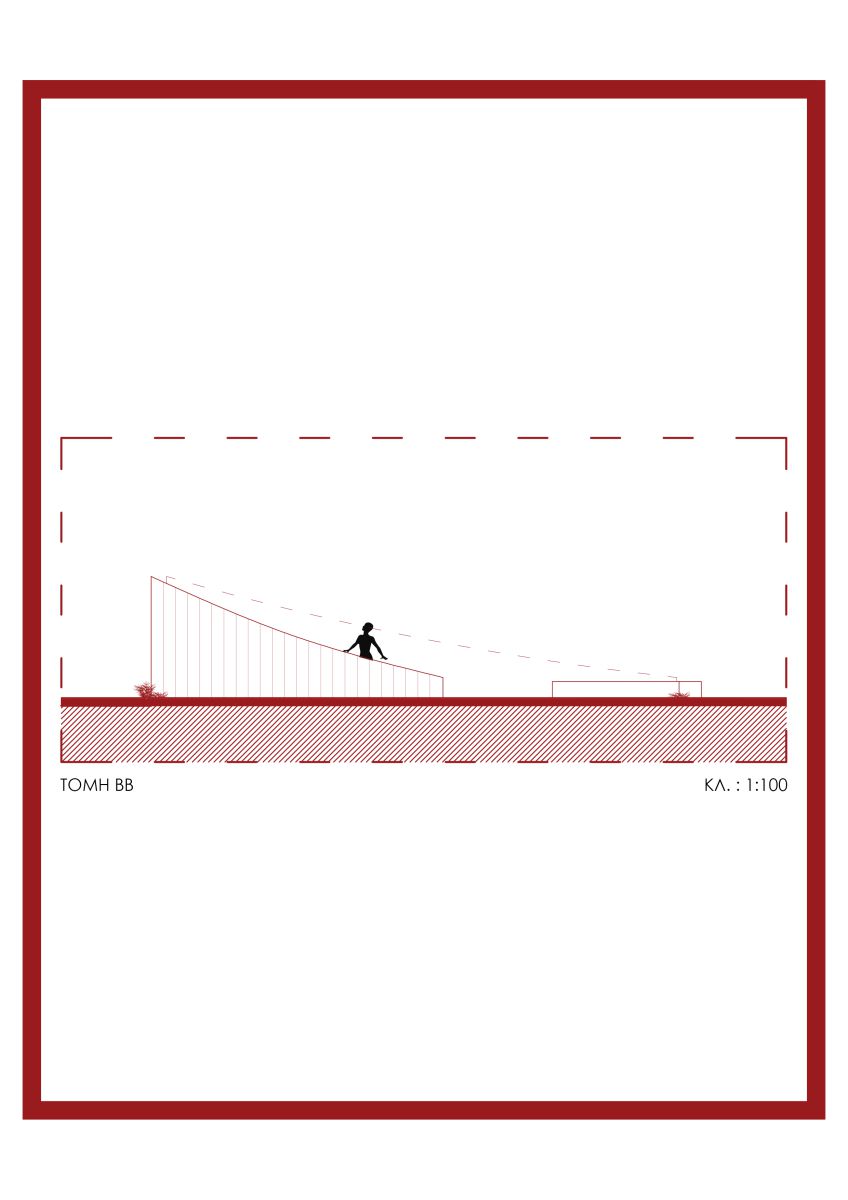
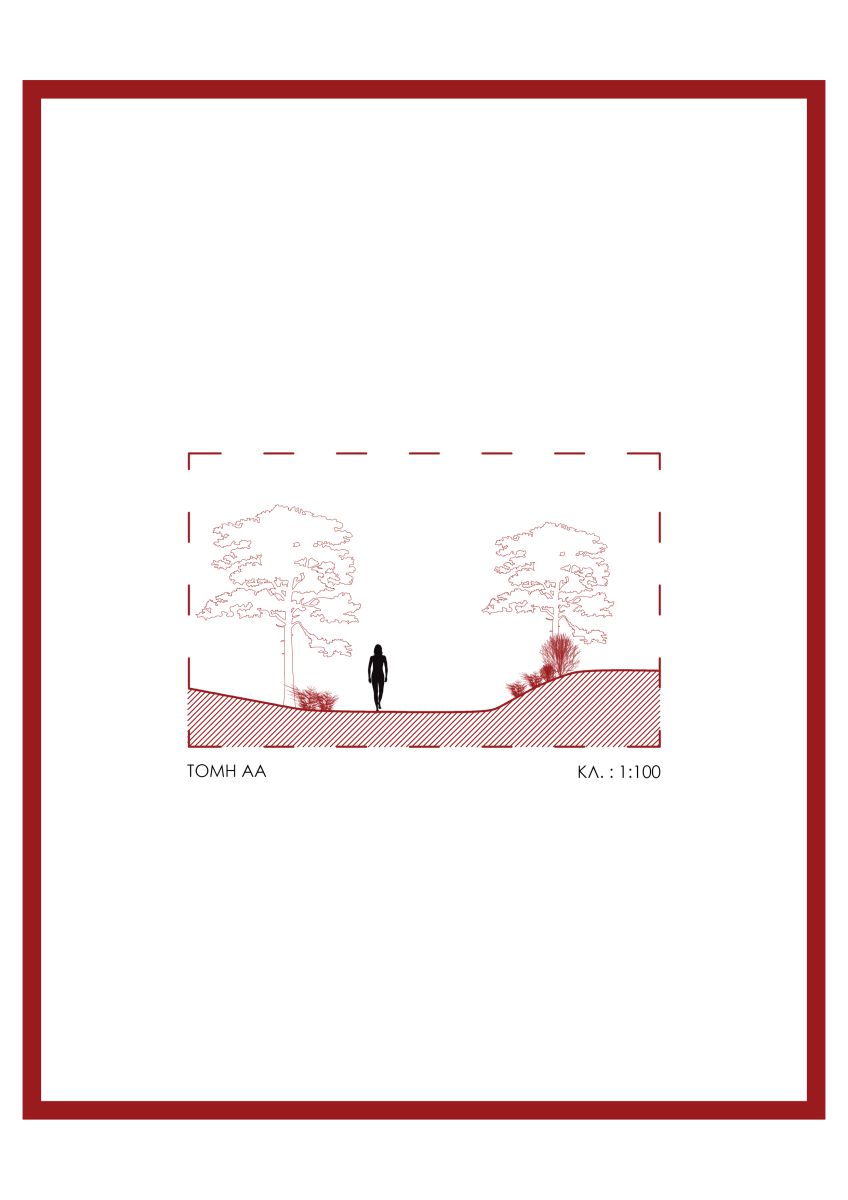
GR
Βασική χειρονομία του σχεδιασμού είναι τρεις κόμβοι-στάσεις, που δημιουργούν εξάρσεις και κοιλότητες στο πεδίο. Κάθε κόμβος αποτελεί την τομή και τη σύζευξη εννοιών αντιθετικών μεταξύ τους (αιχμαλωσία-υπόσχεση, έρωτας-οργή, αρπαγή-επιστροφή). Η κύρια αρχιτεκτονική προκύπτει από δύο τοίχους που σα λεπίδες σχίζουν το έδαφος. Αυτές συμβολίζουν τη σχέση Αχιλλέα-Βρισηίδας κάθε χρονική στιγμή, γι αυτό άλλοτε συγκλίνουν και άλλοτε αποκλίνουν. Εκφράζει μια σχιζοειδής μετάβαση από το φως στο σκοτάδι, το μέσα στο έξω, από το επιθυμητό στο ανεπιθύμητο.
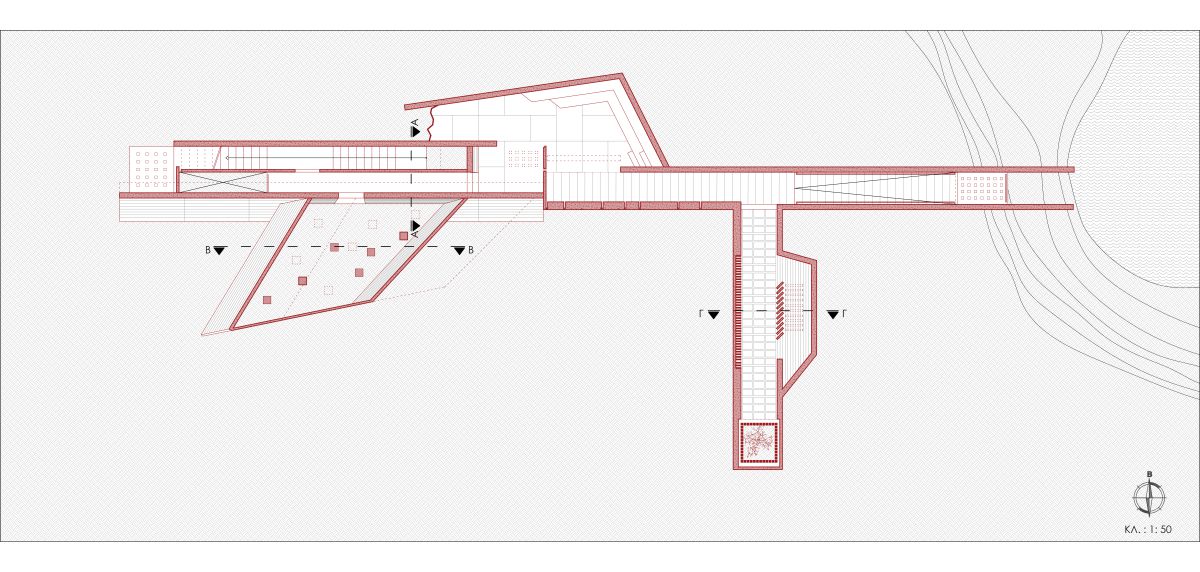
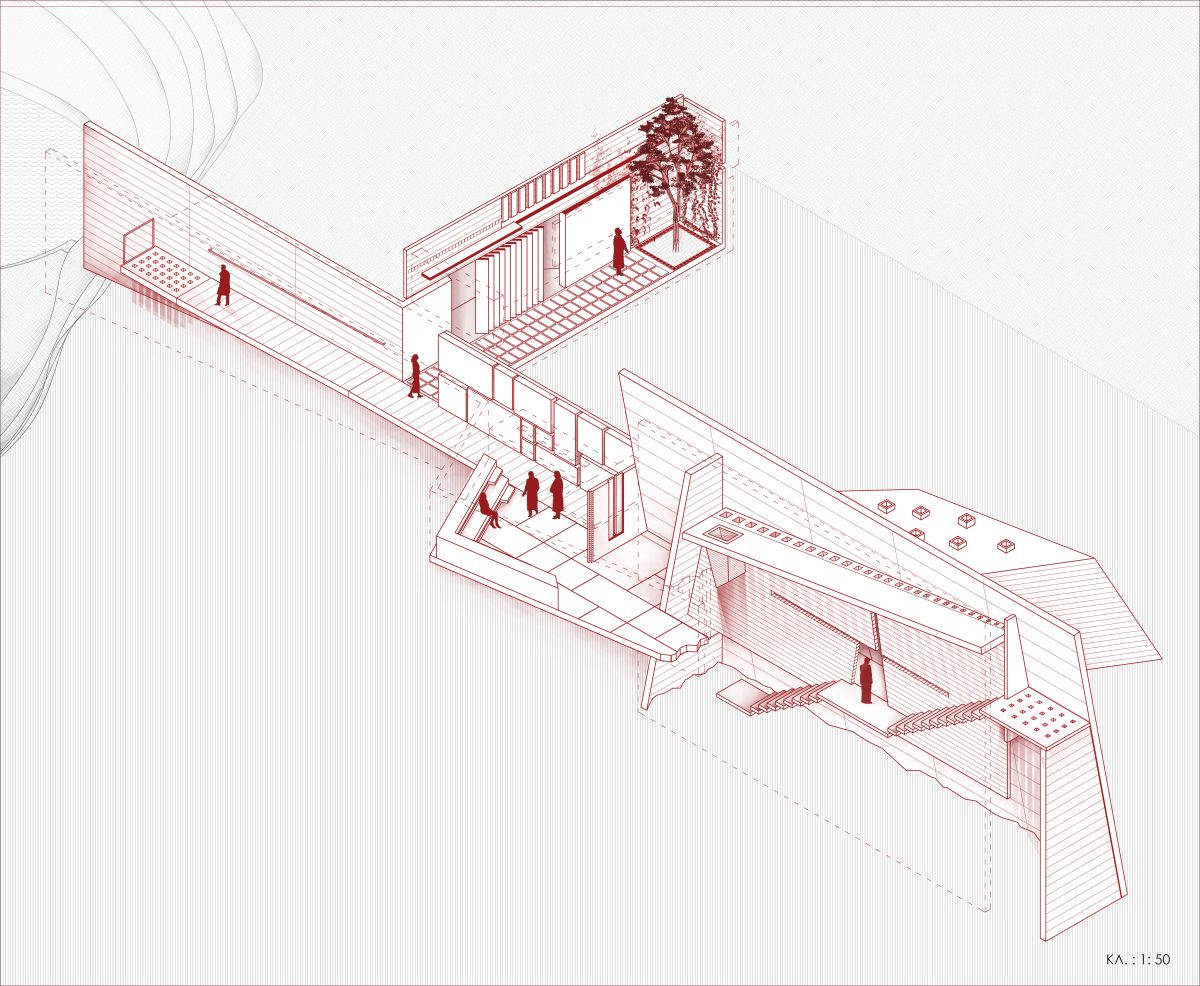
EN
The first structure signifies the captive-promise antithesis. It is an exhibition area, without an exhibit. What is exposed here is the body itself in the various situations that the myth recites and architecture forms. The second structure is about love and rage. This antithesis is implied by pools inside the sea, that protect the body from the violence of the site, but not from that of the water. In this case, the subject is exposed and protected, isolated and socialized between the boundaries of land, sea and wind. Finally, the third structure is about the kidnapping-return antithesis. This is a bridge in the part of land which is disrupted by the sea. It is a passage and a staging area at the same time, allowing the subject to act in the intermediate space and to approach the end.
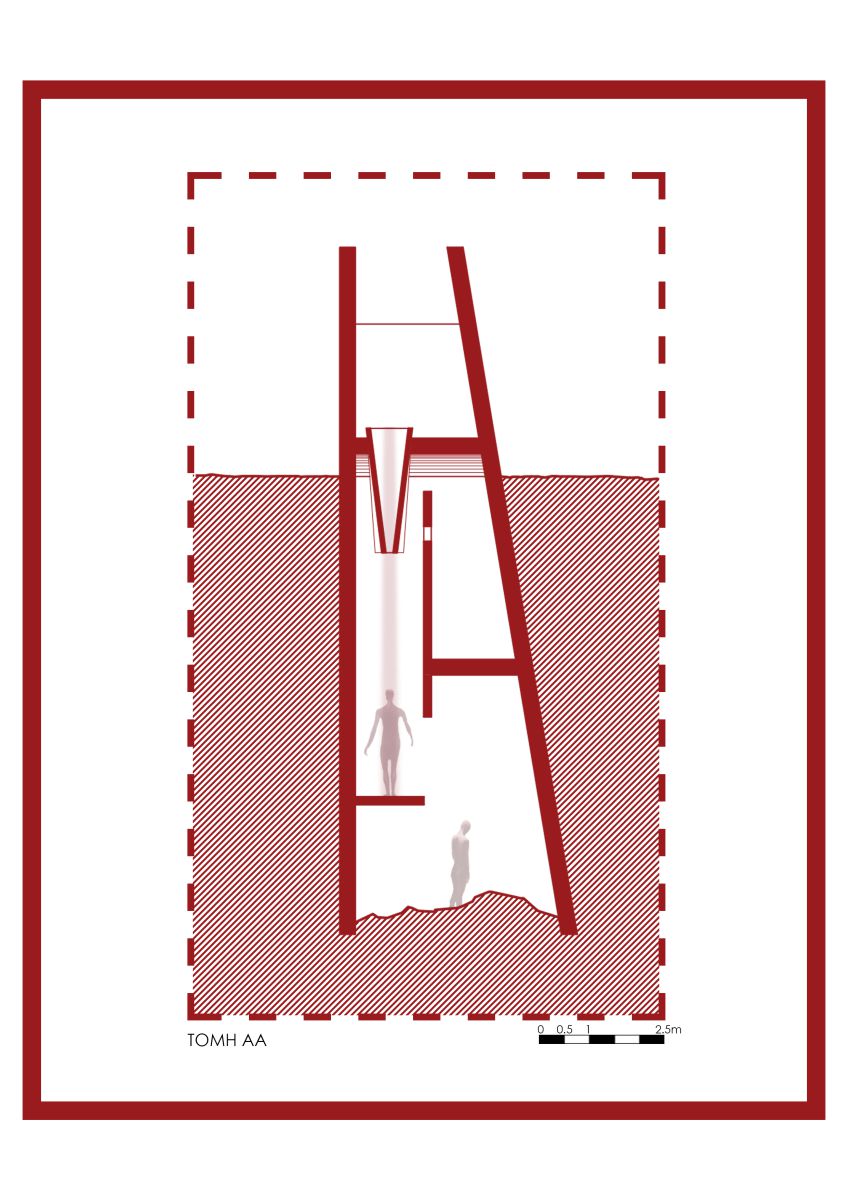
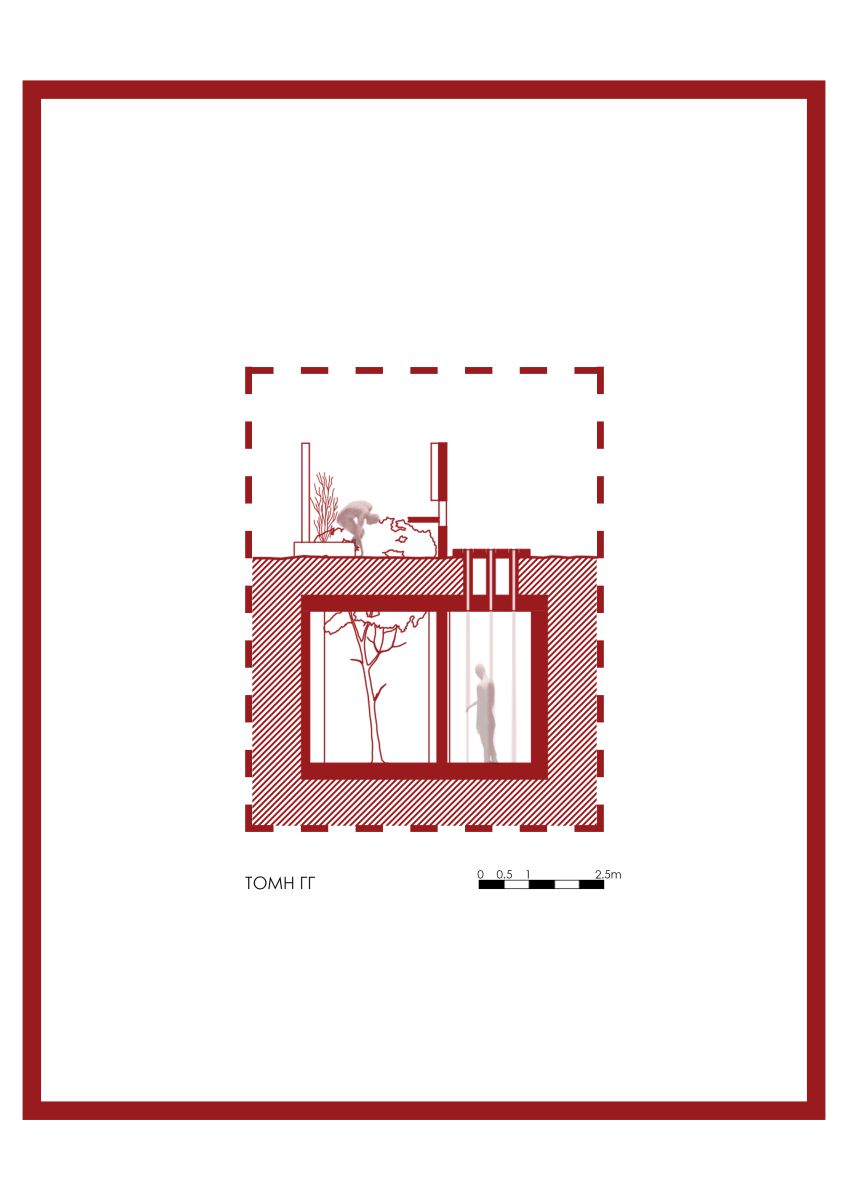
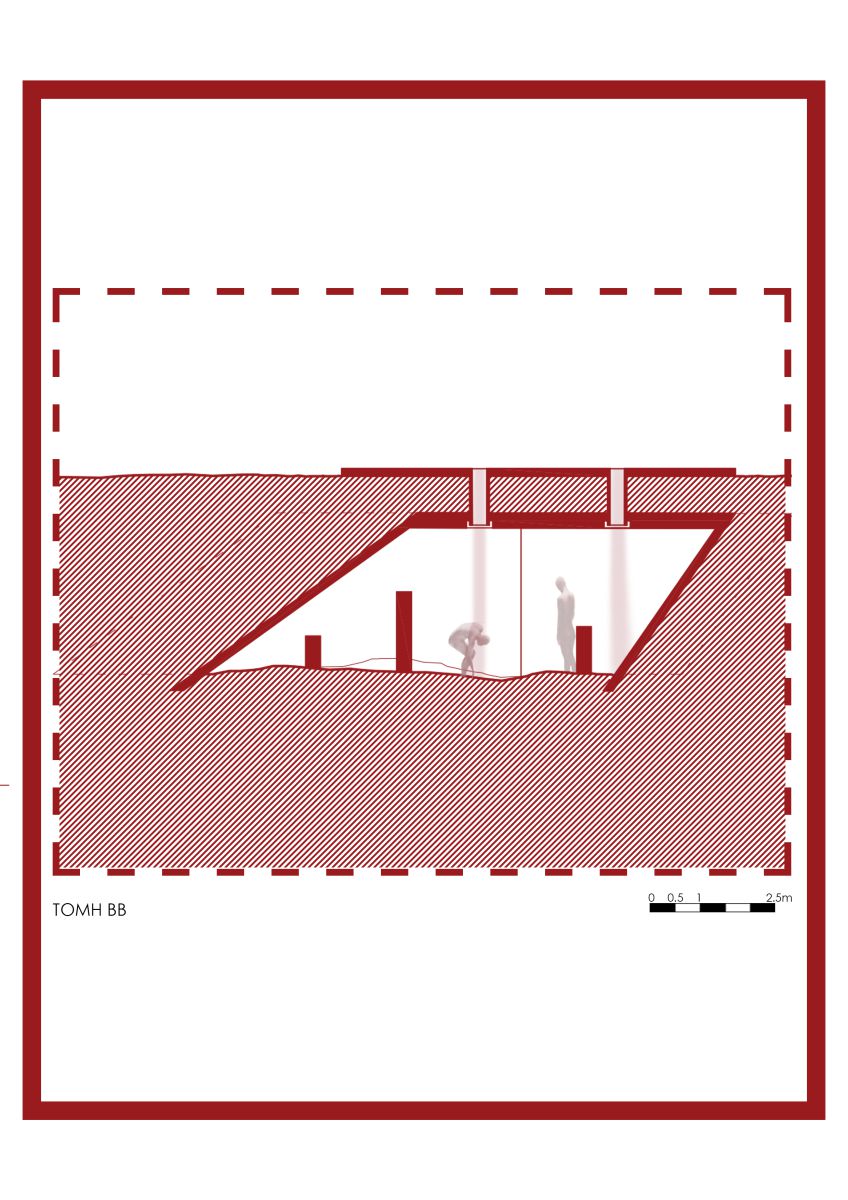
GR
Η πρώτη δομή εκφράζει το δίπολο αιχμαλωσία-υπόσχεση. Αποτελεί ένα χώρο έκθεσης, απουσία εκθέματος. Αυτό που εκτίθεται είναι το ίδιο το σώμα στις διάφορες καταστάσεις που ο μύθος αφηγείται και η αρχιτεκτονική πλάθει. Η δεύτερη δομή εκφράζει τον έρωτα και την αρπαγή. Πρόκειται για πισίνες στη θάλασσα που προστατεύουν το σώμα από τη βία του εδάφους αλλά όχι του νερού. Εδώ το υποκείμενο εκτίθεται και προστατεύεται, απομονώνεται και κοινωνικοποιείται στο όριο στεριάς, θάλασσας και ανέμου. Η τρίτη δομή αφορά το δίπολο αρπαγή- επιστροφή. Αποτελεί γέφυρα στο τμήμα της στεριάς που διακόπτεται από θάλασσα. Είναι πέρασμα αλλά ταυτόχρονα και χώρος στάσης. Επιτρέπει στο υποκείμενο να δράσει στον ενδιάμεσο χώρο και να προσεγγίσει το πέρας.
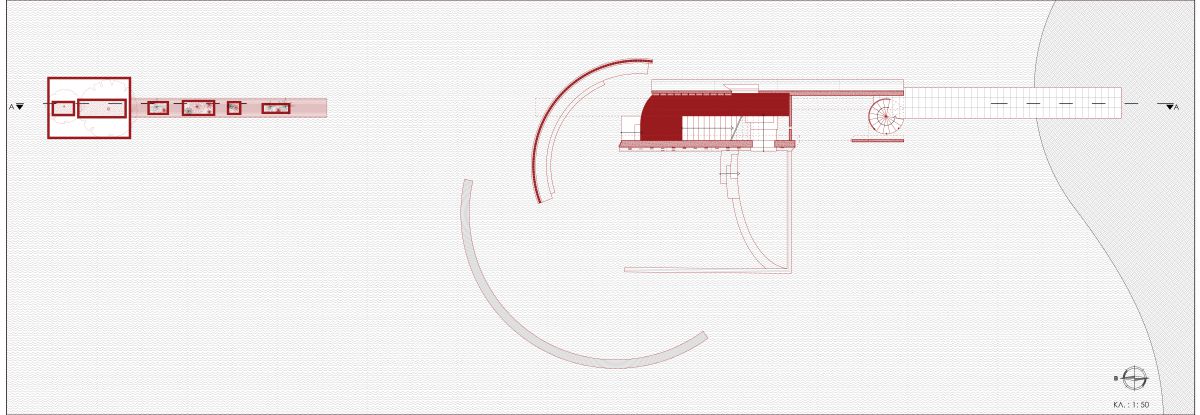
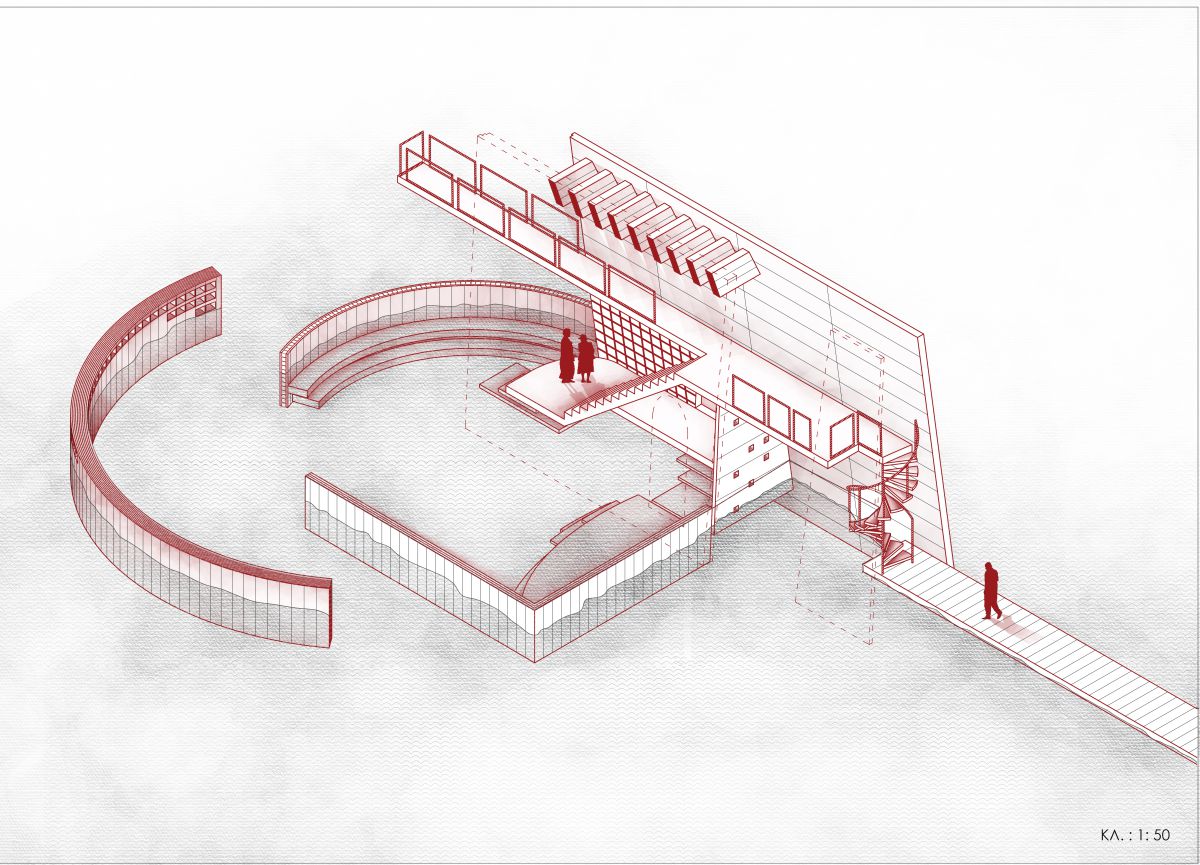

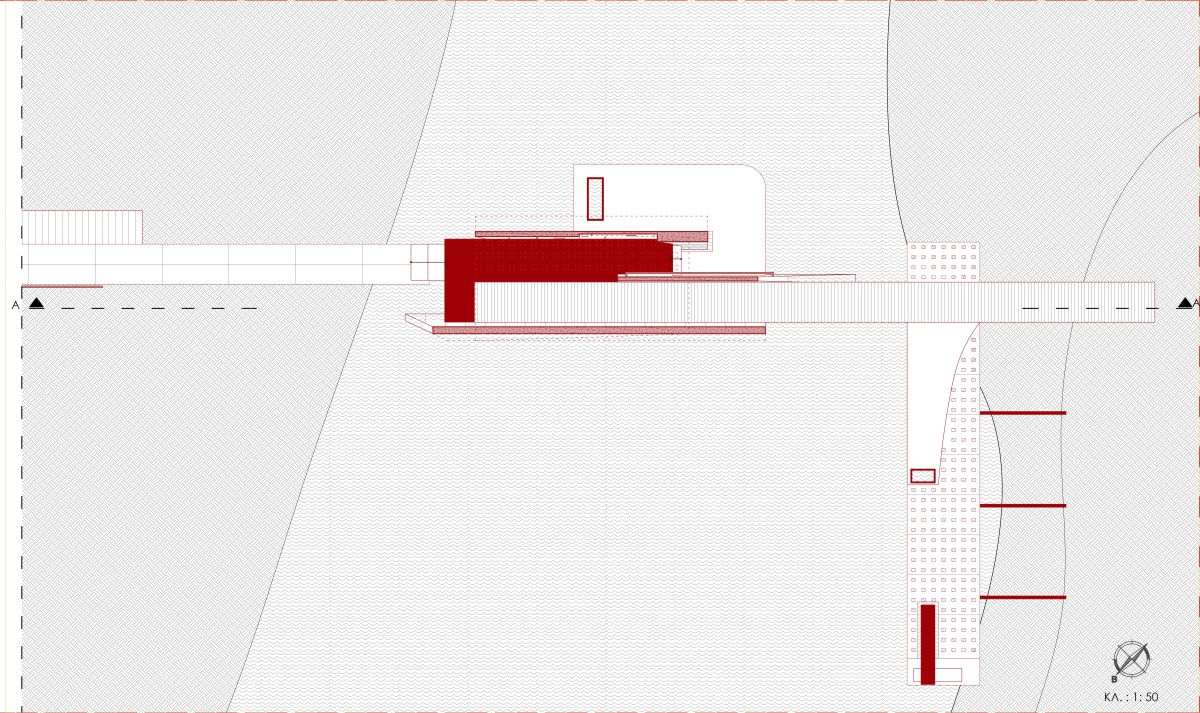
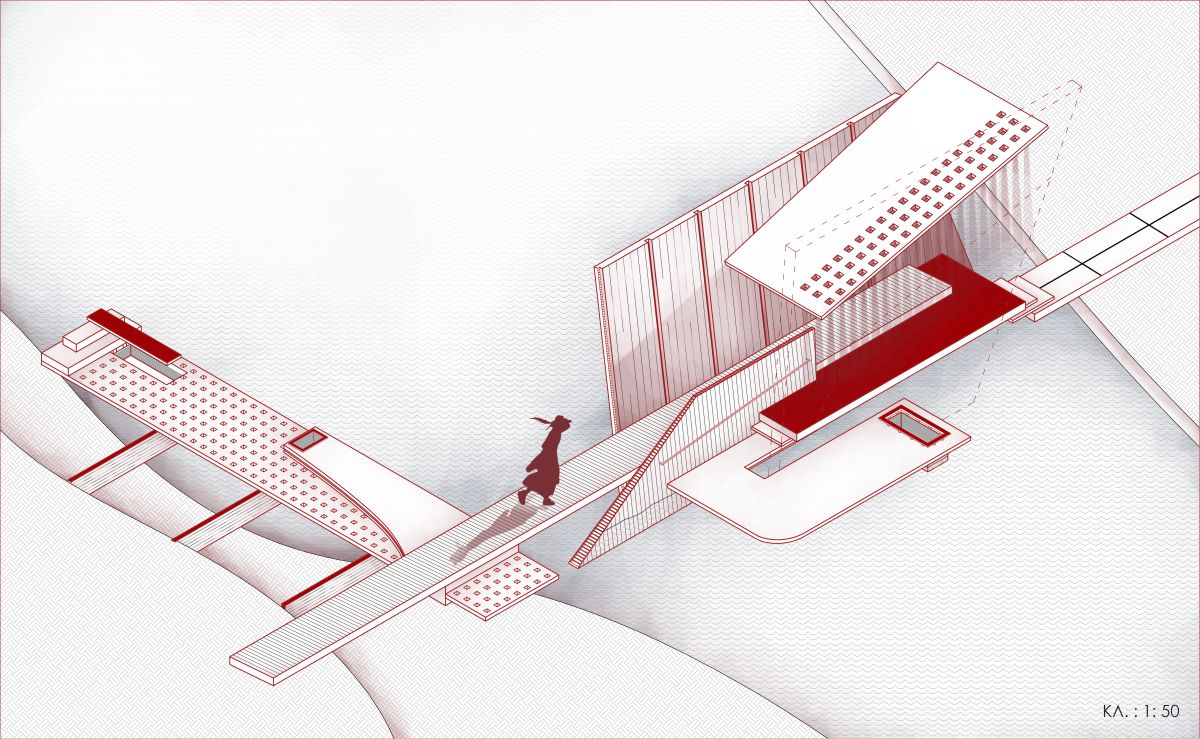
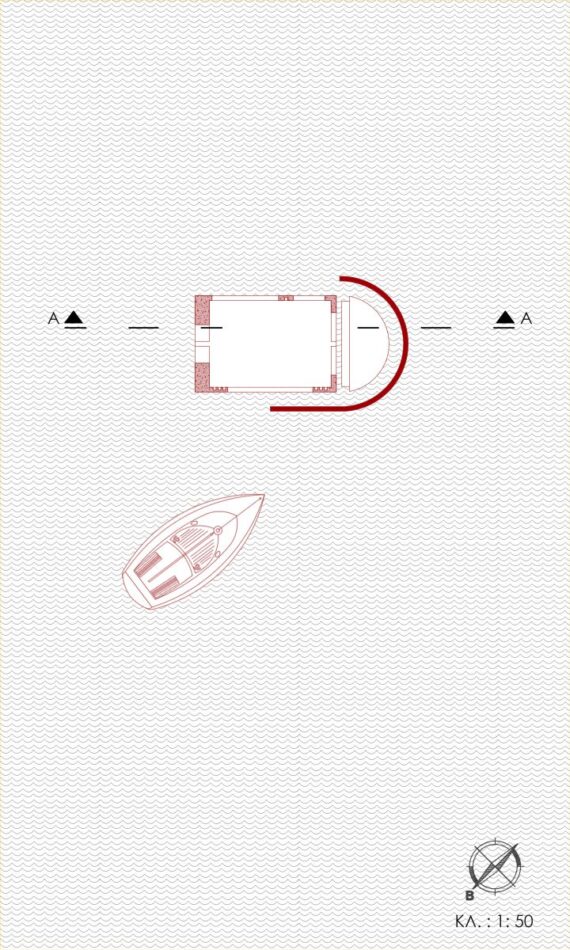
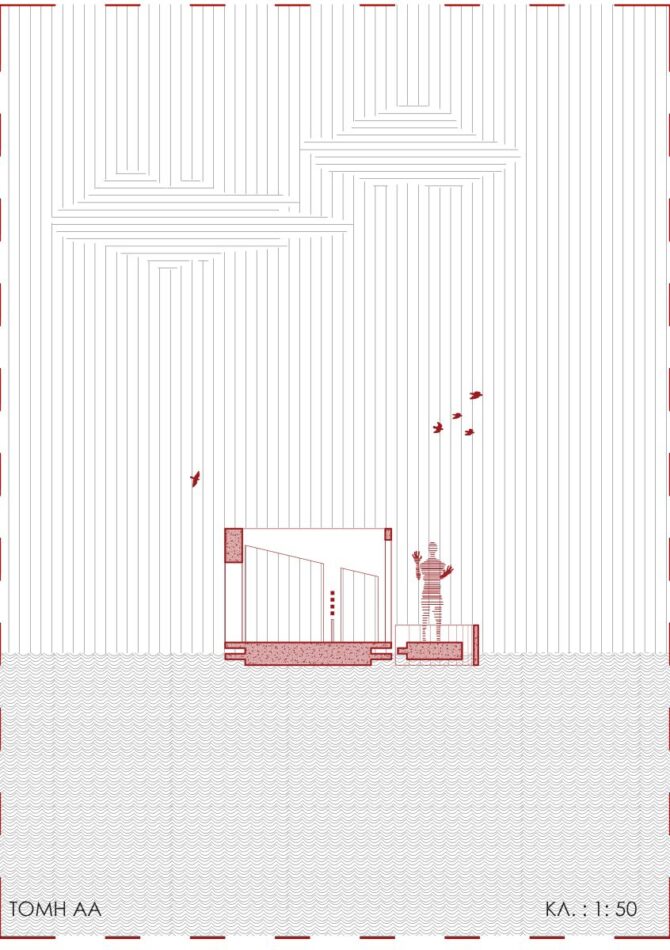
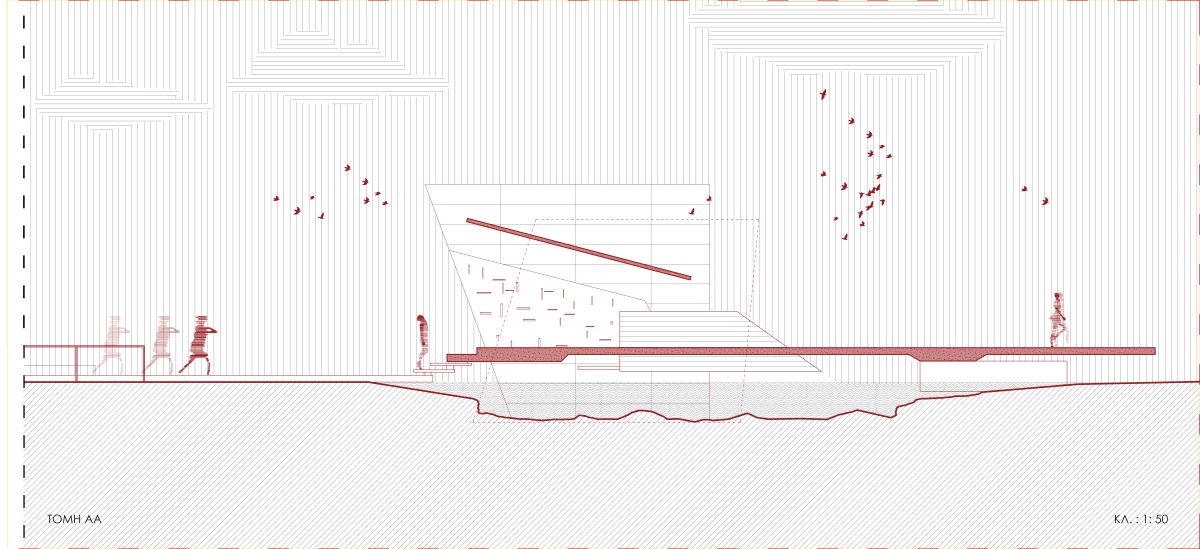
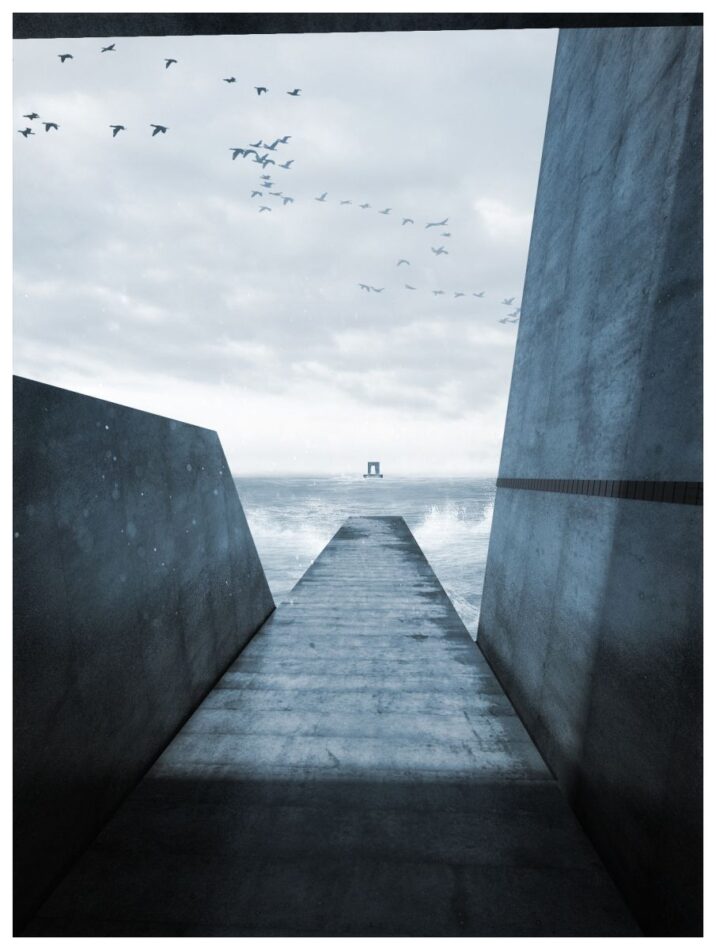
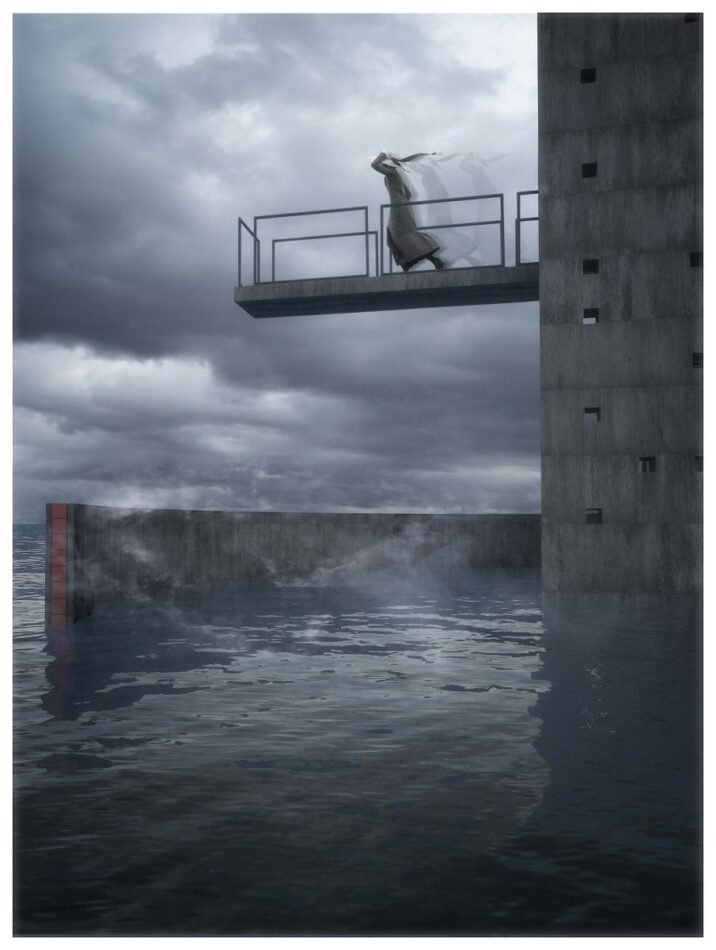
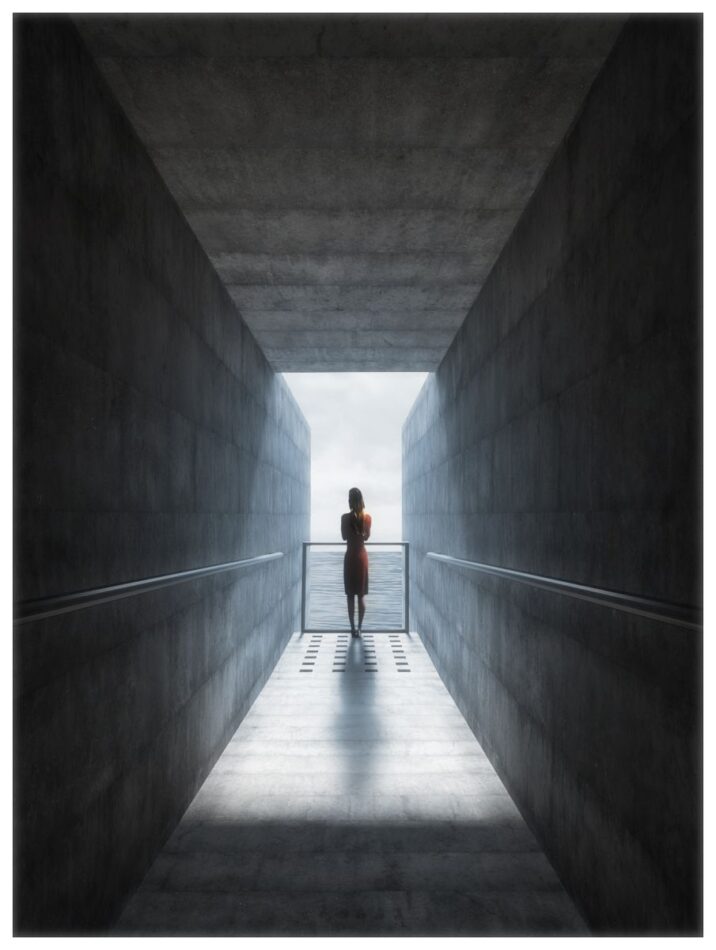
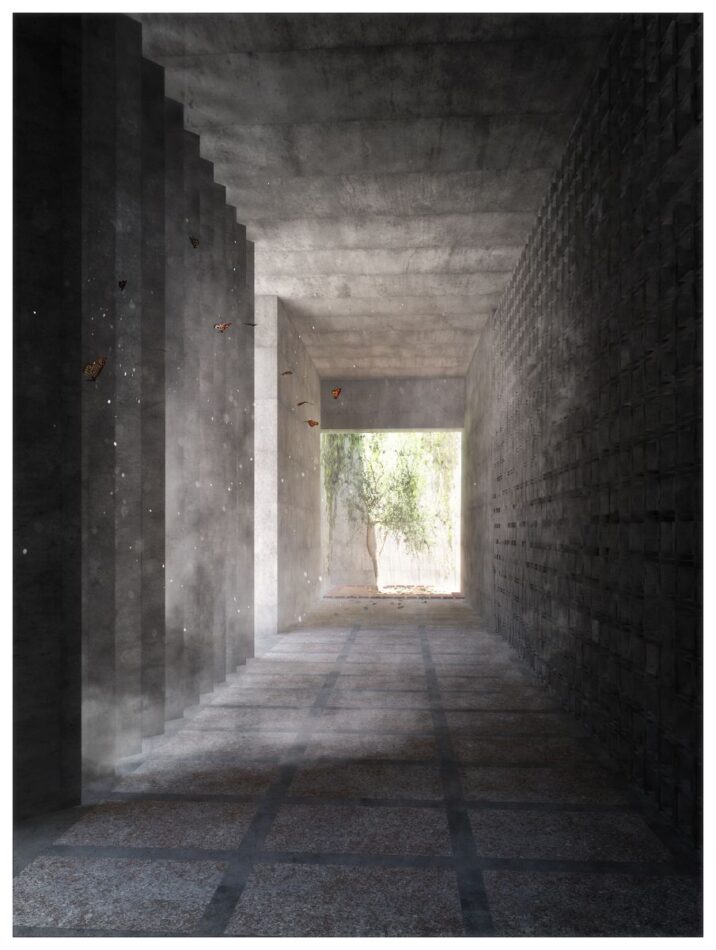
| >>info: | |
| student: | Athanasia Makri |
| supervisors: | Dimitris Gourdoukis, |
| institution | Aristotle University of Thessaloniki, School of Architecture |
| date | September 2019 |
